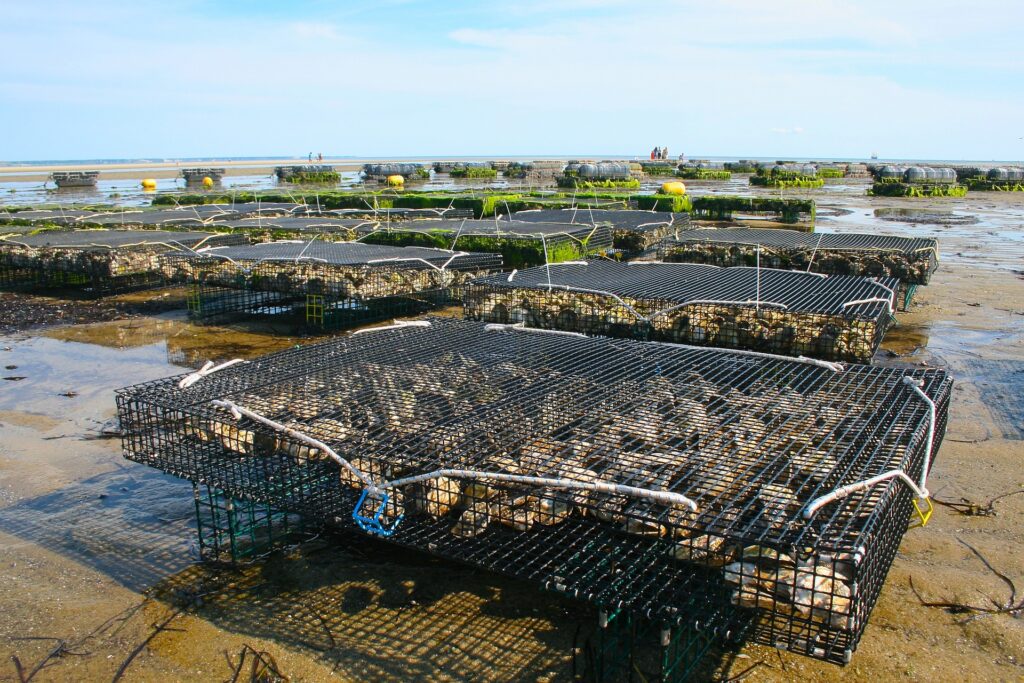Australia’s Bureau of Meteorology (BoM) has been working with the South Australian Research and Development Institute (SARDI) to help better understand how the Pacific Oyster Mortality Syndrome (POMS) virus is spread between countries.
The POMS virus is highly infectious and causes mass mortality in Pacific oysters within days, resulting in millions of dollars’ worth of damage for oyster farmers. The POMS virus was first discovered in Europe but was detected in Australia in Sydney’s Georges River in 2010. Since then, it has spread to New South Wales, Tasmania and South Australia.
Funded by the Fisheries Research and Development Corporation, the project examined how viral particles move around with ocean currents. Understanding those currents gives valuable insight into how the virus could spread.
Frank Colberg, team leader for ocean modeling at BoM, said the research used a regional ocean model that covers parts of the Great Australian Bight to understand more about the movement of the virus.
“Our 10-year ocean model reanalysis gives an overview of relevant ocean properties, such as currents and temperatures,” he said. “We use model simulations that imitate the spread of the virus. We examine how far the particles are able to spread depending on tides and wind.
“We run the model several times to see what will happen to the spread of the virus in different situations and locations. We then provide this data to PIRSA who use it to understand the likelihood of the disease being transported to commercial oyster sites across different regions and seasons,” said Colberg.
PIRSA has now presented the information to the industry and will work with various organizations to update the South Australian disease response plan for POMS. The research also identified feral oyster populations around the state that are at risk of contracting the disease and spreading it to commercial farms. BoM has said that the modeling could be further developed for the benefit of other fishing and aquaculture sectors.



